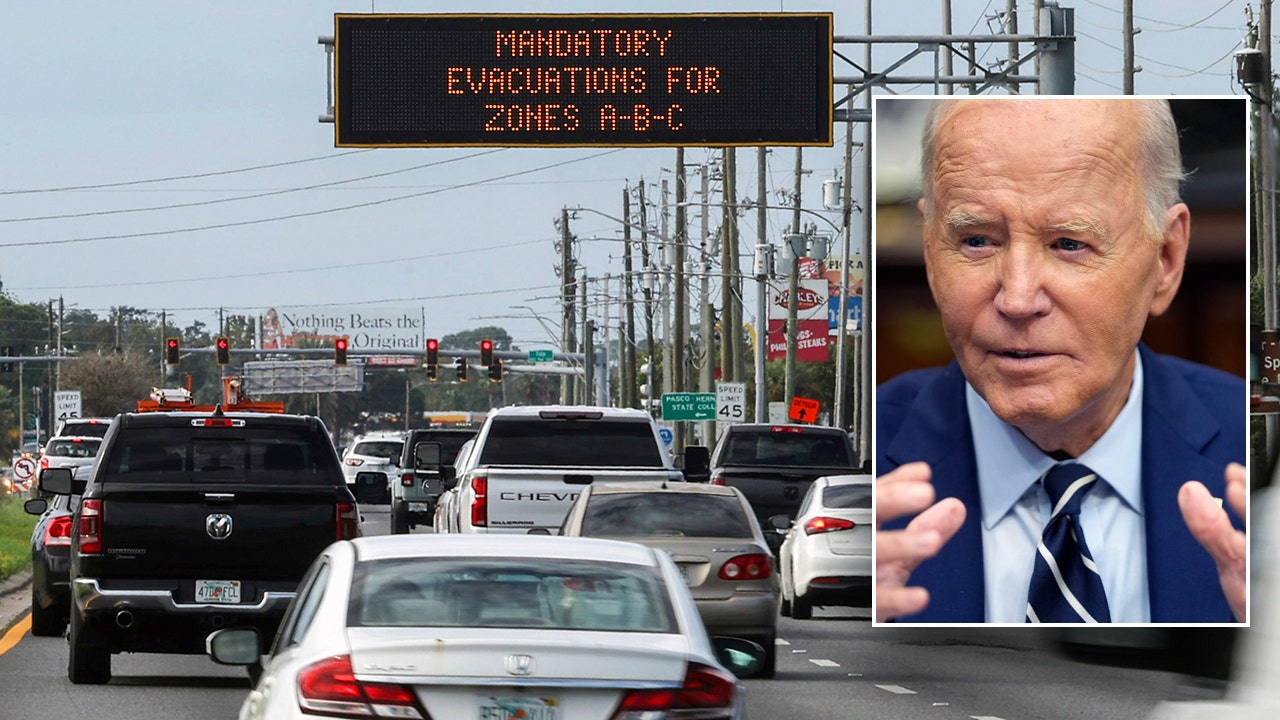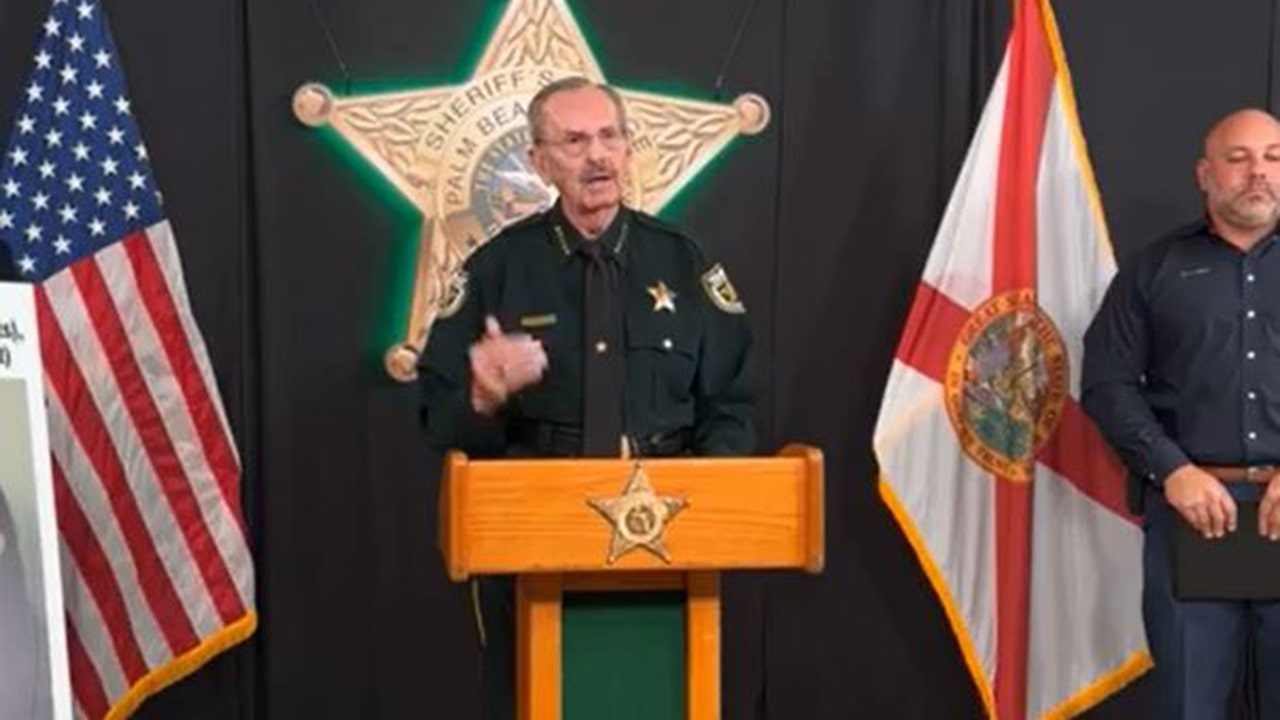O.J. Simpson, who died on Wednesday at 76, lived a life that made him one of the most famous people in America, as well as, at various times, the most celebrated and most reviled.
A Heisman Trophy winner when he played football at the University of Southern California, he reached superstar status as a running back with the Buffalo Bills. As a commercial pitchman and a Hollywood actor, he became a household name across much of America.
But fame turned to infamy when he was charged in the 1994 double murder of his former wife and her friend. He was acquitted after a trial that riveted the nation.
Here is a look at a man who never seemed to stop making news, for good and ill.
1968
A Heisman Trophy Winner
Mr. Simpson, who was born in San Francisco in 1947, first came to the attention of many Americans as a football star at the University of Southern California. In his two years playing for the Trojans, he was the game’s best running back, and tallied 33 touchdowns.
As a junior in 1967, he was the runner-up for the Heisman Trophy as the college game’s best player, then won the award in 1968, his second and final year at U.S.C.
1973
Professional Stardom
Mr. Simpson was drafted first overall by the Buffalo Bills in 1969, and by his fourth season he was a superstar. In 1973, he ran for 2,003 yards, which stood as a record for more than a decade, and won the N.F.L.’s Most Valuable Player Award; he was in the Top 5 in M.V.P. voting three other times as well.
He became known as the Juice, and his talent and likability propelled him to even greater notoriety. His on-field accomplishments and fame were all the more impressive given that he seldom played for good teams; his only playoff game, a loss, came in 1974.
Even those who knew little about football got to know the Juice as he began appearing in television advertisements, notably a series of ads for Hertz starting in 1975, in which he dashed through airports on his way to get his rental car. “Nobody has more of what it takes to rent you a Fairmont, Mustang, LTD or other fine car faster,” he said in one ad.
He also tried his hand at announcing, including a stretch from 1983-85 on “Monday Night Football.”
1988
Hollywood Calls
Mr. Simpson began appearing in television and movie roles even as his football career continued, including some big budget projects like “The Towering Inferno” in 1975, in which he played the building’s chief of security, and the blockbuster mini-series “Roots” in 1977.
His biggest success, though, came in the three “Naked Gun” films, in which he played Detective Nordberg. In a running series of gags, Nordberg was continuously injured, often in scenes played for broad laughs. In one particularly memorable scene, at the end of the first film, Nordberg is seen flying down stadium steps in a wheelchair before being catapulted off a ledge and flipping into the air.
Mr. Simpson’s ex-wife, Nicole Brown Simpson, and a friend, Ronald Goldman, were stabbed to death at her home in Los Angeles on June 12, 1994.
Mr. Simpson was questioned and charged with murder. But he did not turn himself in initially. Instead, five days after the killings, he led the police on a bizarre, hourslong low-speed chase in a white 1993 Ford Bronco driven by his friend and former teammate, Al Cowlings. The chase was shown live on nearly every television network, even pre-empting the N.B.A. Finals.
1994-95
‘The Trial of the Century’
Mr. Simpson’s trial lasted for nine months and gripped the nation for all that time. Multiple television networks broadcast the trial every day, and minor figures, like Kato Kaelin, who was staying in Mr. Simpson’s guesthouse at the time of the killings, became celebrities.
In one of the most riveting moments, Mr. Simpson was asked to try on bloody gloves found at the crime scene. Mr. Simpson claimed the gloves were too tight; his lawyer Johnnie Cochran alluded to this in his closing argument, saying, “If it doesn’t fit, you must acquit.”
The verdict, despite significant DNA and other evidence, was not guilty on both counts. The result divided Americans: A majority felt it was a miscarriage of justice and continued to assume that Mr. Simpson was guilty, while some, including many Black Americans, believed the verdict to be justified.
1997
Civil Judgment
After the acquittal, the parents of Ms. Simpson and Mr. Goldman filed a wrongful-death lawsuit against Mr. Simpson. The jury found Mr. Simpson liable and ordered him to pay more than $30 million.
But Mr. Simpson said that his no longer having acting and endorsement work meant he was broke. The families ultimately received only a small fraction of the judgment.
Mr. Simpson and several other men entered a hotel room in Las Vegas in 2007; Mr. Simpson claimed they were seeking sports memorabilia that had been stolen from him. A gun was brandished.
Mr. Simpson was arrested and in 2008 and was found guilty of armed robbery and kidnapping. He was released on parole in 2017 after serving nine years of a 33-year sentence.
2017
Release and Later Life
Upon his release from prison in 2017, Mr. Simpson settled in Florida and led what was, for him, a relatively low-key life. He played a lot of golf and posted videos regularly on Twitter, generally opening with “It’s me, yours truly,” offering thoughts on professional sports and frequently urging his 800,000 followers to get vaccinated against the coronavirus.
In his final post, on Feb. 11, Mr. Simpson, as usual looking relaxed, spoke optimistically about his health and incorrectly predicted that the 49ers would win the Super Bowl.






